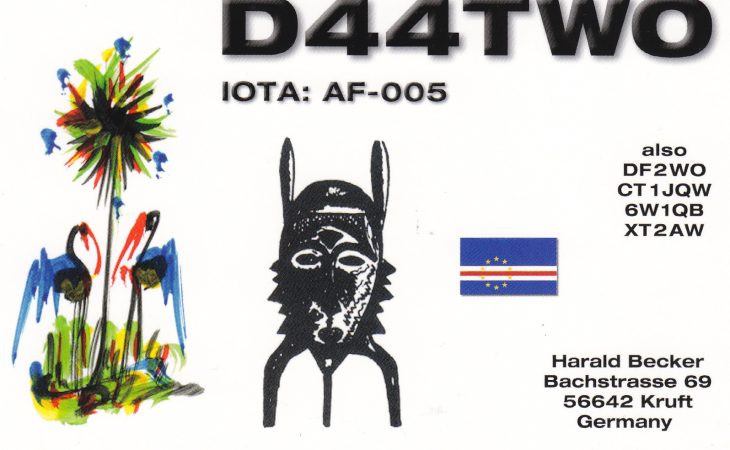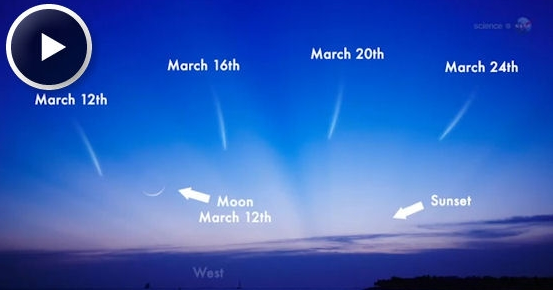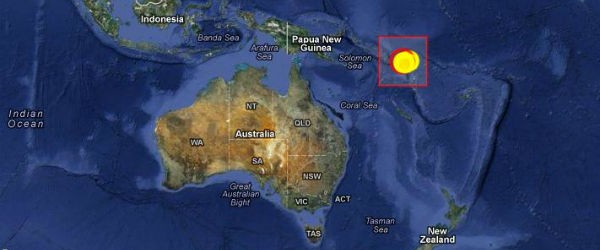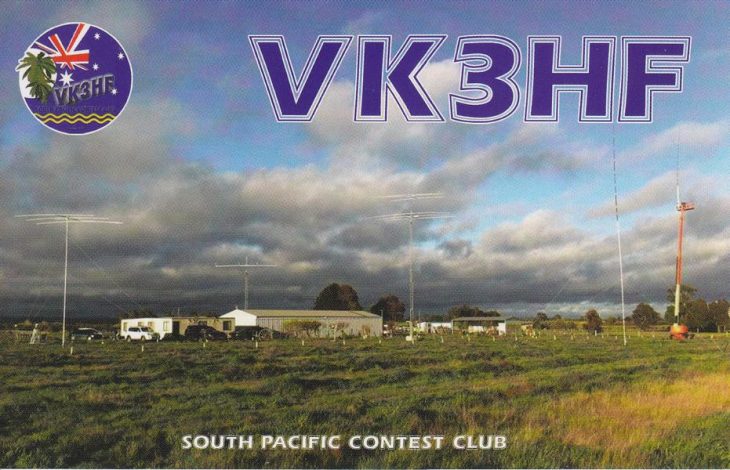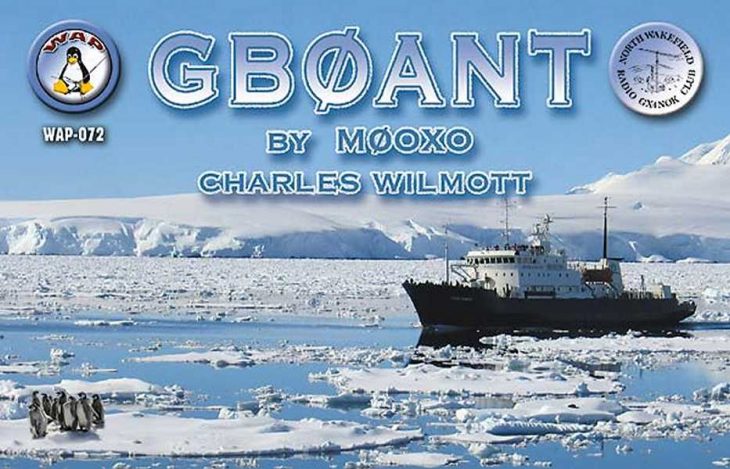Qsl Cards arrived today for AX5PAS, (special Callsign of Paul VK5PAS) and are in the mail. Bureau cards will go next week.
The AX prefix is only available for occasions of special national or international significance, such as the Sydney 2000 Olympics.
The following days have been pre-determined as occasions where the AX prefix may be used:-
1. Australia Day (26th day of January each year – Australia’s National Day).
2. Anzac Day (25th day of April each year – Australia & New Zealand’s National Day of Remembrance).
3. World Telecommunications Day (17th May each year).

